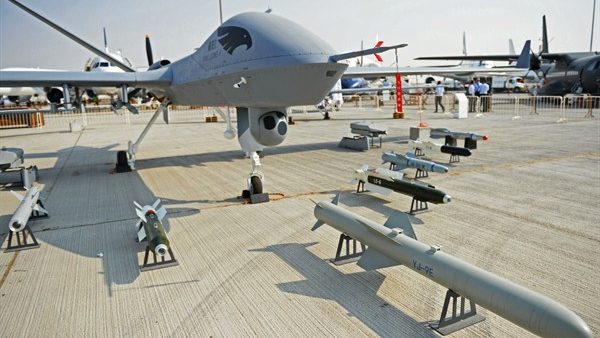In another move meant to break with his predecessor, President Donald Trump last month announced new export policies for U.S. drones. In presenting Trump’s policy shift, Peter Navarro, assistant to the president for trade and manufacturing policy, said it “will level the playing field by enabling U.S. firms to increase their direct sales to authorized allies and partners.” The media reaction was hyperbolic, with one outlet asking whether the policy now meant Trump could “sell deadly drones to dictators,” and another stating in its headline that “Trump offers deadly U.S. drones to more countries.”
But does the move simply harken back to the rollout of the Obama administration’s own drone export policy three years ago, with lots of media hype unmatched by actual reform? What has really changed, what are the new policy’s objectives, and what will this mean for international security?
The announcement from the State Department on April 19 cited five “primary objectives” for the export of unmanned aerial vehicles. “Increased trade opportunities for U.S. companies” was at the top of the list. The announcement also included strengthening allies’ capacity, improving bilateral relationships, preserving U.S. military advantages, and preventing the proliferation of weapons of mass destruction delivery systems. The United States aims to achieve all that through a policy that loosens the restrictions on the exports of armed drones to its allies.

